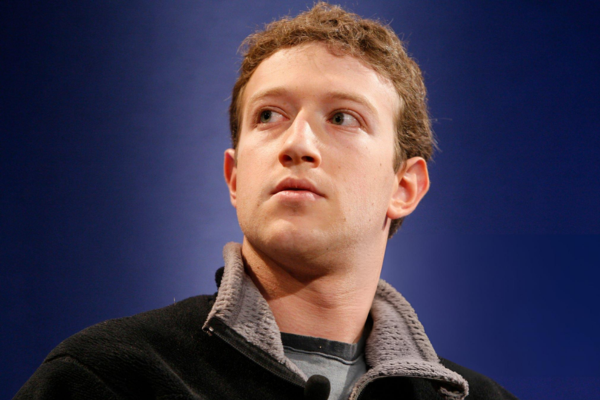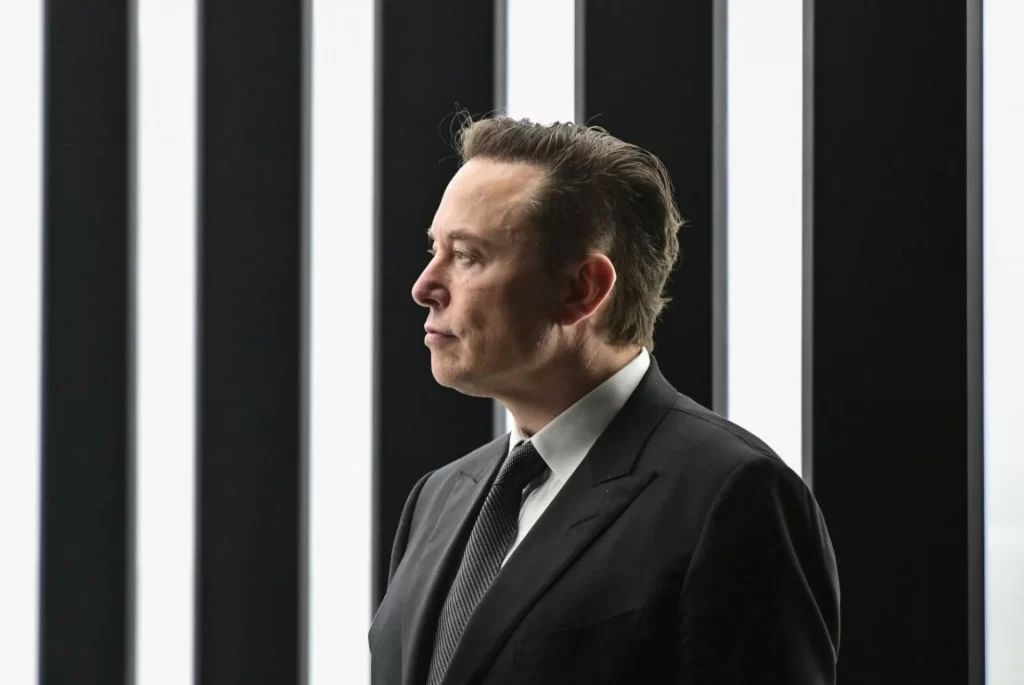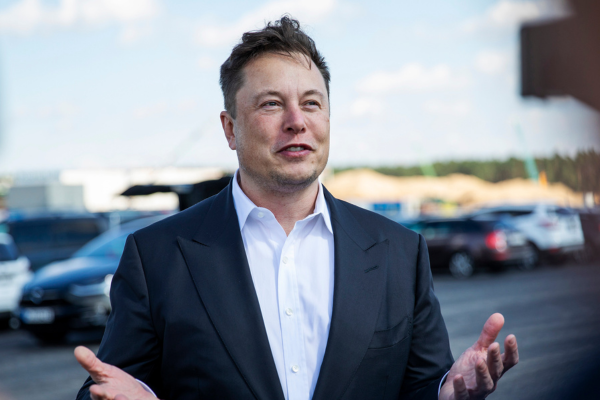Meta, formerly known as Facebook, has found itself embroiled in a new controversy – mislabeling real photographs as “Made with AI” on its social media platforms. This blunder has sparked outrage from photographers and users alike, raising critical questions about transparency and the company’s handling of user-generated content.
The story began in February 2024 when Meta announced its initiative to label photos created with AI tools on platforms like Facebook, Instagram, and Threads. This aimed to increase transparency and inform users about the growing presence of AI-generated content. However, good intentions went awry as the labeling system began inaccurately tagging real photos with the “Made with AI” label.
The issue came to light when prominent figures like former White House photographer Pete Souza discovered his work being flagged. Souza, known for his iconic photographs of presidents, suspects a recent change in Adobe’s cropping tool might have triggered the mislabeling. This incident, along with numerous others, highlighted the flaws in Meta’s AI detection system.
Photographers are understandably upset. The “Made with AI” label suggests their work is inauthentic, potentially undermining their skills and artistic vision. Some argue that basic edits shouldn’t trigger the label; only photos substantially altered with AI tools should be flagged. This distinction is crucial, as many photographers rely on editing software to enhance their work without compromising its core originality.
Beyond the immediate concerns of photographers, the mislabeling fiasco raises broader issues about content moderation on social media platforms. Meta’s heavy reliance on automated systems to flag content can lead to inaccuracies and inconsistencies. These issues erode user trust and raise questions about the effectiveness of AI-powered content moderation in general.
The potential consequences of mislabeling are significant. Incorrectly labeling real photos as AI-generated could:
Devalue the work of photographers: The “Made with AI” label suggests a lack of skill or effort went into creating the photo.
Misinform users: Users might be misled into believing a real photo is AI-generated, potentially affecting their perception of the content’s authenticity.
Stifle creativity: Photographers might be hesitant to use editing tools for fear of their work being mislabeled.
So, how can Meta address this situation?
Here are some potential solutions:
- Refine the AI detection system: Meta needs to improve its AI algorithms to accurately identify AI-generated content and differentiate it from edited photos. This process may involve incorporating feedback from photographers and experts in the field.
- Increase human oversight: While AI can be a valuable tool for content moderation, human oversight remains crucial. Meta should consider a two-tiered approach where an AI system flags potential issues, which are then reviewed by human moderators before applying labels.
- Provide transparency: Meta should be transparent about how its AI detection system works and the criteria used to label photos. This will help users understand the system’s limitations and build trust.
This recent incident serves as a cautionary tale for Meta and other social media platforms. Overreliance on automated systems without proper safeguards can lead to unintended consequences. Moving forward, Meta needs to prioritize accuracy, transparency, and user trust in its efforts to navigate the increasingly complex landscape of AI-generated content and user-created media.






